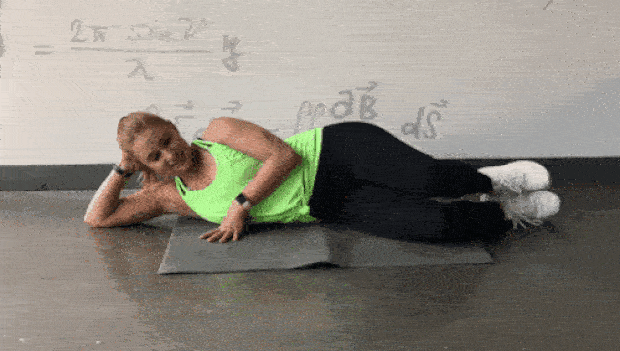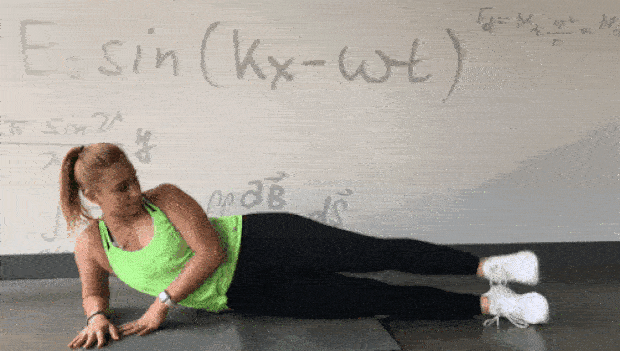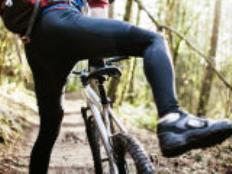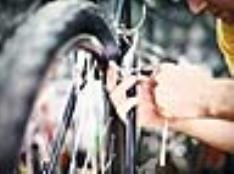How to Alleviate the Pain
Treatment of IT band syndrome includes stretching, massage and frequent icing. Although flexibility of the ITB complex isn't typically an issue, stretching can be beneficial (especially during the healing process). Massage promotes blood flow to the affected area and can minimize scar tissue formation. This can be done by a professional or by self-massage using a foam roll or massage stick.
The good news is that, often, you don't have to stop riding completely. Exercise can promote blood flow and be beneficial to the healing process. However, you probably should curb the intensity and duration until the inflammation abates. If the stress on the affected tissues can be reduced and the pain subsides, begin to increase your riding time and intensity.
If your symptoms don't improve, seek further evaluation. Lateral meniscus tears, articular cartilage lesions or arthritic changes can mimic ITB problems or may be concomitant issues. However, it is always best to catch and address the problem early. Better yet, get on a program to reduce your risk and address any factors you know may contribute to the problem.
For example, if you know you are a pronator, get inserts in your shoes now--not when the pain starts. The best prevention is by ensuring proper alignment and fit as well as being consistent with a stretching and core-strengthening program.
MORE: 7 Simple Stretches for Cyclists

Bridging March
Lying on your back, lift your hips to a full bridging position. Lift one foot off the mat while maintaining the bridging position. Do not allow your hips to drop. Return to start position. Now, lift other foot. Continue by repeating exercise.

Side-Lying Clam
Lie on your side with elastic band around your thighs just above your knees. Keeping your feet together, lift the upper leg off the lower leg. Lift only as high as is comfortable and do not allow your back to rotate. You should keep your spine stable throughout the exercise and isolate the motion to the hip.

Side-Lying Hip Abduction
Lying on your side, lift the upper leg again, isolating motion to the hip. Don't lift too high and keep the spine stable. You want to focus on keeping your leg in line with your trunk and your foot parallel to the ground.
READ THIS NEXT: 11 Exercises to Boost Hip Strength
- 2
- of
- 2








Discuss This Article